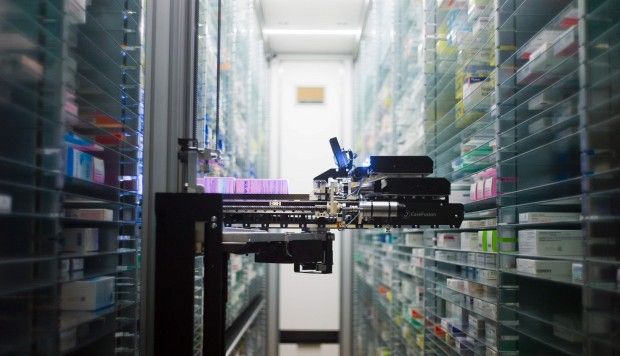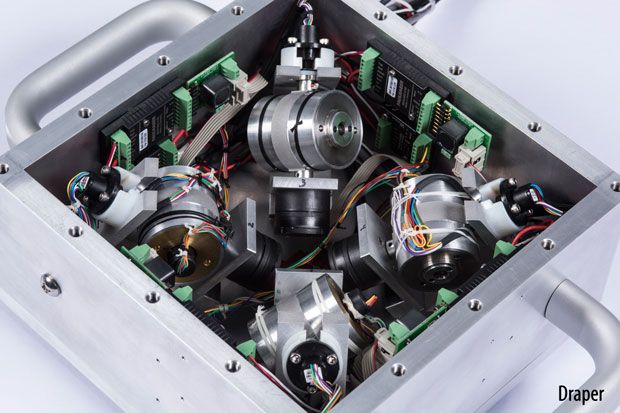The US military’s nuclear arsenal is controlled by computers built in the 1970s that still use 8in floppy disks.
A report into the state of the US government, released by congressional investigators, has revealed that the country is spending around $60bn (£40.8bn) to maintain museum-ready computers, which many do not even know how to operate any more, as their creators retire.
The Defense Department’s Strategic Automated Command and Control System (DDSACCS), which is used to send and receive emergency action messages to US nuclear forces, runs on a 1970s IBM computing platform. It still uses 8in floppy disks to store data.









